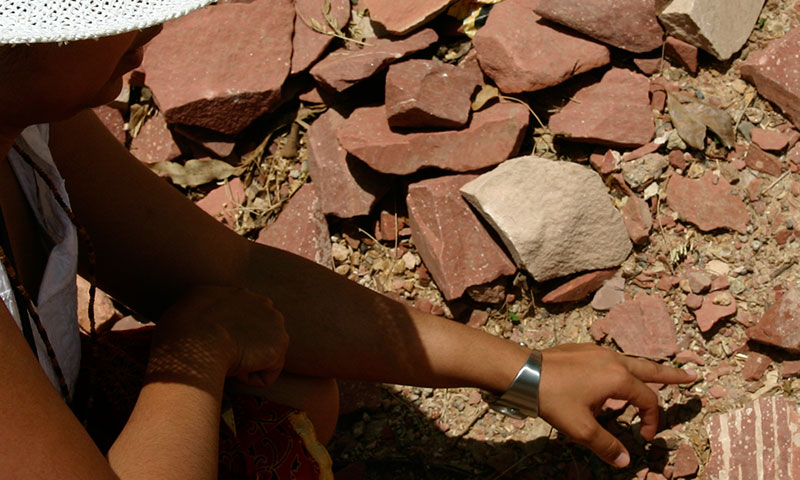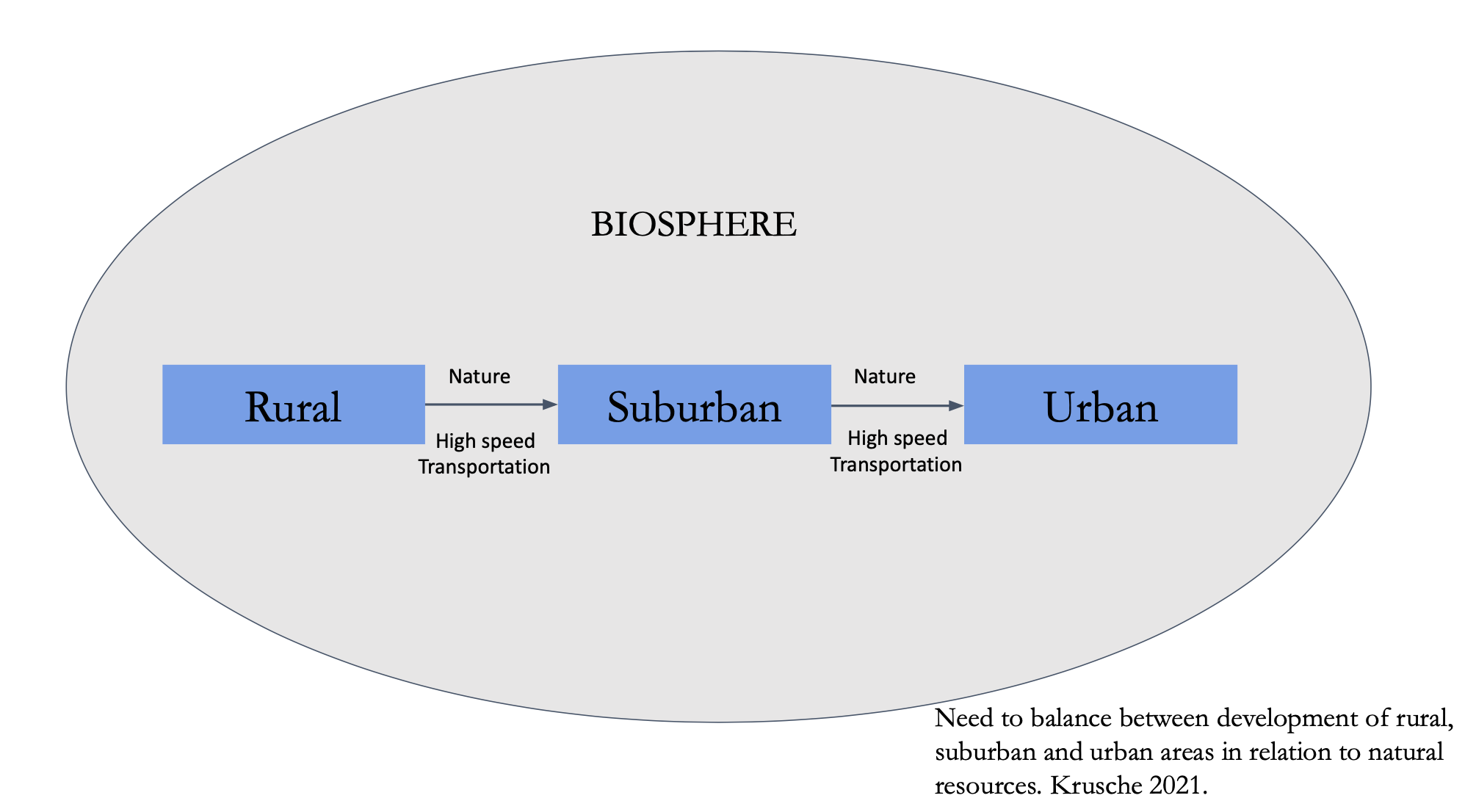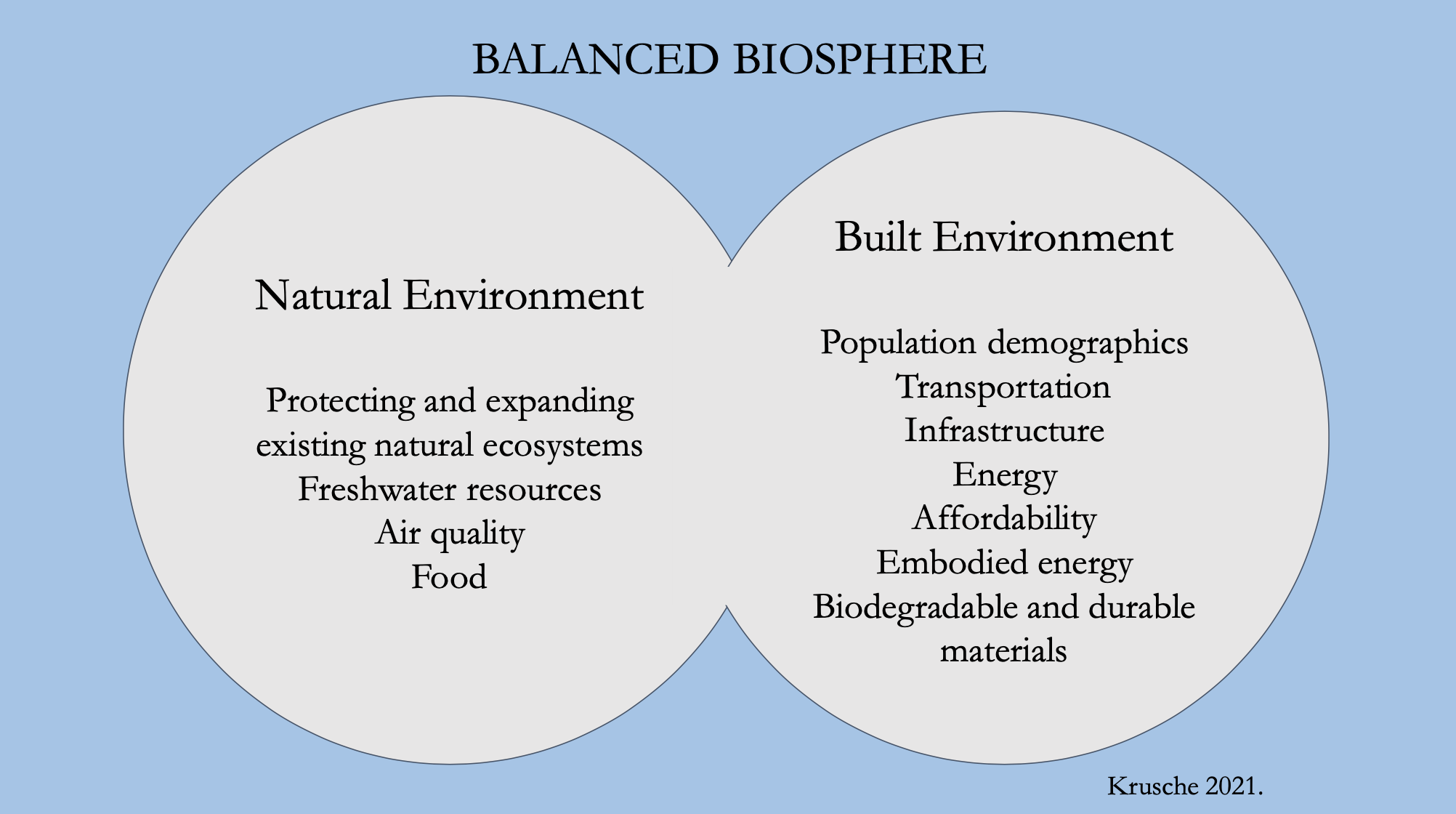|
Development and Advancement of Resilient Cities Alliance |
||||
|
Development and Advancement of Resilient Cities Alliance (DVARCA) works on tackling issues related to climate change, including sea level rise and the heat island effect, with digital planning tools. These tools assess onsite responses to year around recorded site conditions and create enhanced predictability for cities affected by climate change. Furthermore, the knowledge gained from the improved cumulative impact of various natural hazards assists planners to build a comprehensive urban plan on regional and city scales to heal, adapt, and mitigate climate change concerns. |
||||
|
Reasoning for a balanced biosphere between natural and built environment |
||||
|
Research projects of DVARCA include factors that we can influence as associated with Climate Change and reduction of carbon emissions: |
||||
|
|
||||
|
Investigating and Planning Resilient Cities of the Future |
||||
|
DVARCA long term goals of the projects include: 1. Find immediate ways to support reduction in emissions this includes environmentally friendly building materials and transportation.
|
||||
|
|
||||
Studio projects on Urban Design interventions:
-
Regional Plan for midwestern cities of South Bend, Mishawaka and Elkhart impacting 0.5 mil people (with MACOG, South Shore Line, Amtrak, and Mayors of the Cities involved).
-
Western Reserve proposal to protect and create eco touristic destination on the western edge of the city of South Bend (with City of South Bend and St Joe County).
-
Development and adaptation proposal for the Eastern Waterfront of Mumbai (with Mumbai Port Trust, Ministry of Shipping).
-
Documentation for Revitalization of Downtown South Bend (2017)
-
Revitalizing the of the Strip District, Pittsburgh (2008)


 Objectives
Objectives 
 Relationship between Rural and Urban areas (credit: Krusche)
Relationship between Rural and Urban areas (credit: Krusche) A balance between the built world and natural world is needed to tackle Climate Change issues (credit: Krusche)
A balance between the built world and natural world is needed to tackle Climate Change issues (credit: Krusche)